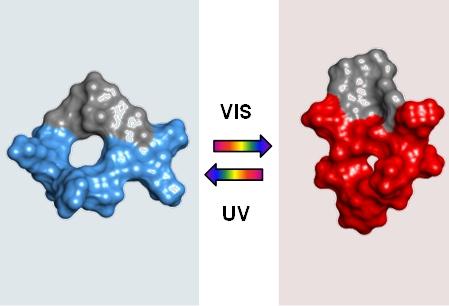Up until now, photodynamic therapies have heavily relied on the content of O2 prevalent within the tissue. This, however, is rendered useless in the case of malignant and burgeoning tumours. Thus, a research team from Karlsruher Institut Fur Technologie (KIT) situated in Keiv, has contrived a photoswitchable molecule in order to supplement the method of oxygen-based therapy.
This substitution is expected to minimise the auxiliary damages caused to the patient as a consequence of chemotherapy.

Although, KIT’s publication, Angewandte Chemie, purports that the initial tests on this innovative methodology have proved to be affirmative to their premature conceptualisation, it is still rather early to answer the question—“How executable this really is?”
As a premier testing practice, this photoswitchable molecule went through a trial testing with a control group of animal models. This test entailed inducing the molecule into the creatures once every day before illuminating the tumours for a span of twenty minutes.
Succeeding ten days of this procedure, the tumours were ostensibly diminutive in size in juxtaposition with the other control group of animals who weren’t treated with the photoswitchable molecule.
The occurrence of this is attributed to the fact that even though the enveloping tumour was attacked due to the treatment, no consumption of oxygen had taken place, thereby rendering the photo-switchable molecule a much less pernicious option as an anti- tumour agent.
This opinion was seconded by Ulrich: “we still have a far way to go: To reliably use this type of photo-switchable molecules for a photodynamic therapy of patients, numerous other studies have to be carried out in cooperation with our partners in Kiev.”
This is considered a stepping stone in the journey of discovering new anti-tumour agents according to the KIT researchers. However, animal tests which have worked impeccably in the past have proved to be utterly and astoundingly defunct on humans on numerous occasions.
Only further testing and development may solve the precariously perched position of this revolutionary tumour treatment in the medical domain.









